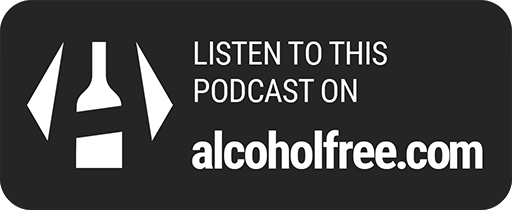Sonya Del Tredici and John Keenan

Sonya Del Tredici and John Keenan
62. Naltrexone Pills vs Injections for Alcohol Use Disorder
62. Naltrexone Pills vs Injections for Alcohol Use Disorder
62. Naltrexone Pills vs Injections for Alcohol Use Disorder
Monday 14th July 2025
Explore the efficacy of oral vs injectable naltrexone for alcohol use disorder and recent updates in addiction medicine.
36 minutes
informative
challenging
reflective
About this podcast
Author:
Sonya Del Tredici and John Keenan
Overview:
Categories:
Innovative Treatments & Recovery Paths
Navigating Alcohol Dependency
Navigating Intimate Relationships
Family Recovery from Addiction
Nutritional Pathways to Recovery
Episodes:
82 (View all)

Do you want to link to this podcast?
Get the buttons here!Naltrexone: Pills vs Injections for Alcohol Disorder
Episode Overview
- Comparison of oral and injectable naltrexone efficacy.
- Impact of buprenorphine labeling on treatment.
- Trends in overdose death reduction among youth.
- Role of objective markers in addiction studies.
- Reevaluation of naloxone as an abuse deterrent.
The best medication in pregnancy is usually the one that was most effective for the patient, for the pregnant patient.
In this episode of the Addiction Medicine Journal Club, Dr. Sonia Del Tredici and John Keenan delve into the comparative effectiveness of oral versus extended-release injectable naltrexone for hospitalized patients with alcohol use disorder. This discussion centers around a study published in JAMA Internal Medicine, which examines the impact of different naltrexone formulations on reducing heavy drinking. The study's exclusion criteria included factors such as pregnancy, recent opioid use, and cognitive impairment, ensuring a focused analysis of the medication's efficacy.
Both oral and injectable naltrexone showed similar reductions in heavy drinking days among participants, indicating that both forms could be viable treatment options. However, the discussion also highlights the limitations of the study, such as the short three-month duration, which may not capture the long-term implications and healthcare costs associated with alcohol use disorder.
The episode also touches on the broader context of addiction medicine, including recent changes in buprenorphine labeling to allow higher doses, and a positive trend in reducing overdose deaths among young Americans. This is attributed to a decrease in fentanyl-related fatalities, showcasing progress in combating the opioid crisis. Another key discussion point is the stigmatization associated with addiction treatment, particularly the use of naloxone in buprenorphine as an abuse deterrent.
The hosts reflect on the need to reassess such measures, considering their roots in the prescription opioid epidemic. Listeners are encouraged to engage with the content and share their insights on social media, emphasizing the value of community interaction in advancing addiction medicine practice.
